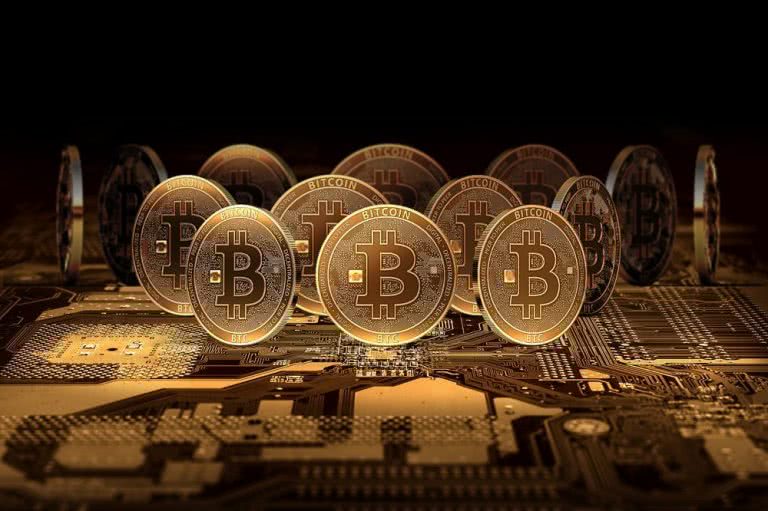This article is a simple guide to stashing away a Bitcoin investment for your kids. I’ll explain how to keep some Bitcoin (BTC) on ice for 10 or 20 years, when its value might be anywhere between the current $15,000 and $500,000 per coin.
I’m not getting into altcoins or ICOs or crypto mining or staking or any of those more advanced things. This is purposefully as basic as it gets.
If you’re unsure about what “Bitcoin” even is – watch the video above. Andreas Antonopoulos is one of the best speakers on Bitcoin and cryptocurrency and I recommend visiting his YouTube channel. Money as a System-of-Control is a good one to watch.
For a sense about the emergence and development of Bitcoin, I recommend Banking On Bitcoin on Netflix. Here’s the trailer..
Alright, now that we have some context, first step!
Love Music?
Get your daily dose of everything happening in Australian/New Zealand music and globally.
1. Buy some Bitcoin
Sign up for an on-ramp to transfer AUD (Australian dollars) into BTC (Bitcoin). There are many available exchanges, but some widely adopted options include Coinjar and Independent Reserve.
Start with either of those. You’ll need to register an account and then have it verified by providing proof of your identity. It can take a few days to process verification before you gain access.
Once you’re verified, for the sake of this exercise, let’s say you buy $1000 worth of Bitcoin.
2. Get it off the exchange!
Now you’ve got some Bitcoin. First thing you need to do is transfer it out of the exchange. It does you no good to leave it sitting in Coinjar, Independent Reserve or whatever one you’ve chosen.
While it’s on the exchange, the Bitcoin is in their custody. Just like your money in the bank. You can only access your money if the bank agrees to give it to you. Usually a bank will honour their agreement, unless it’s Greece in 2009 and all assets have been frozen.
Crypto exchanges are the same principle. If their entire business suddenly went offline, it will be difficult to retrieve your Bitcoin. Crypto is about taking ownership and responisbility for your own assets. So let’s send that Bitcoin straight to our own wallet.

3. Transfer it to a hot wallet (Exodus)
Assuming you want to take action on this plan, first you’ll need to get your BTC off the exchange by transferring onto a hot wallet like Exodus. It’s known as a “hot” wallet because it’s an application that’s still connected to the internet.
Theoretically, your crypto could be accessed by hackers. However Exodus is really secure and far better than having your assets on the exchange. Here’s their guide to getting started:
We’re moving the Bitcoin here first before transferring to our cold storage device, such as a Trezor or Ledger Nano S. The main reason is that shipping wait times for those devices can be several weeks to a month, depending on where you buy it.
But once it’s arrived, we move to Step 4.
4. Store it on your cold wallet
This is the Fort Knox of crypto wallets. Your assets can’t be accessed via the internet, because you need to physically press a button on the device to make a transfer.
If a hacker is doing keystroke monitoring of your computer in an attempt to steal your password, that won’t work either. When entering your pin, the Trezor app on your computer randomly displays numbers in a grid and you enter the pin via their displayed positions. You do this process twice, without ever repeating the pattern to monitoring eyes.
The Trezor has a passcode of 24 words required to gain access. The stored Bitcoin for your kids is now contained in a USB device that’s resistant to brute force hacking attempts. If you lose the device or have it stolen, all you need to do is buy a new Trezor and restore via your 24 words.



































